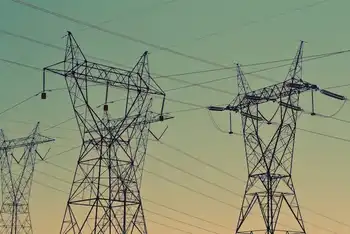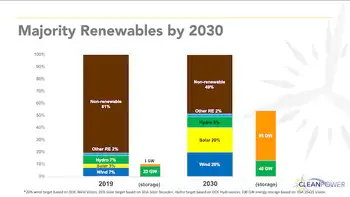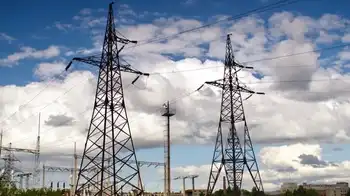Russia orders its nuclear power stations to boost output
MOSCOW, RUSSIA - Restrictions on the output of electricity have been lifted at the majority of Russian nuclear power stations because of increased energy consumption caused by the cold weather, Rosenergoatom's (Russian nuclear operator) press service has told RIA-Novosti.
"Output restrictions have been lifted at Russia's nuclear power stations because of the severe weather conditions and the increased energy consumption this has brought about," the press service said.
Rosenergoatom's press release, which reached RIA-Novosti on Thursday [19 January], says that "27 power units, with a combined output of 20,048 MW (an ITAR-TASS version says "2004 MW"), are currently operating at nuclear stations, with four undergoing repairs".
However, output restrictions have not been lifted at the Kola and Bilibino nuclear power stations, Rosenergoatom explained to RIA-Novosti.
Related News

Clean B.C. is quietly using coal and gas power from out of province
VANCOUVER - British Columbians naturally assume they’re using clean power when they fire up holiday lights, juice up a cell phone or plug in a shiny new electric car.
That’s the message conveyed in advertisements for the CleanBC initiative launched by the NDP government, which has spent $3.17 million on a CleanBC “information campaign,” including almost $570,000 for focus group testing and telephone town halls, according to the B.C. finance ministry.
“We’ll reduce air pollution by shifting to clean B.C. energy,” say the CleanBC ads, which feature scenic photos of hydro reservoirs. “CleanBC: Our Nature. Our Power. Our Future.”
Yet…




